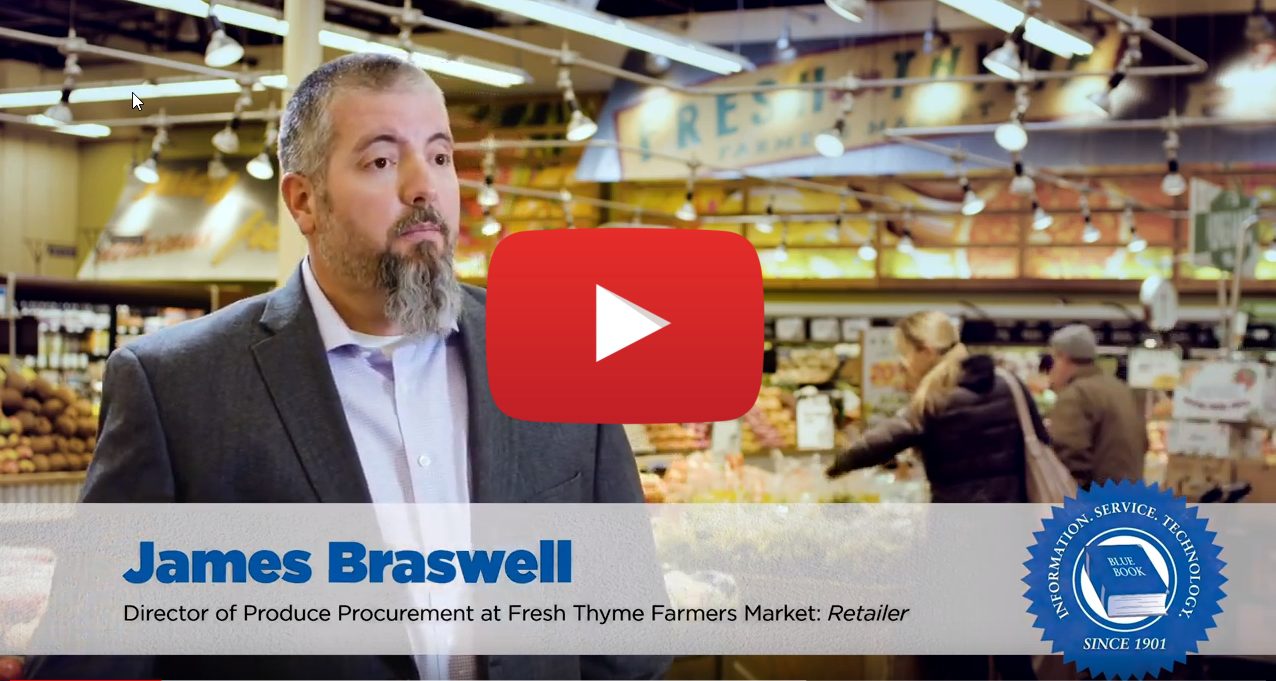Given that there is no immediate trucking capacity relief on the horizon, produce companies must be prepared for a challenging 2022.
Freight rates will likely remain stubbornly high and tendering some loads will require extra effort. Navigating around the visible and hidden elements of the capacity shortage iceberg can be pursued via multiple strategies.
Relationships
With transportation providers having more opportunities to move freight than they can possibly handle, they enjoy a great deal of clout. Therefore, it’s critical for produce shippers to adopt a collaborative approach when working with carriers and brokers.
Excellent communication, advance notification of load volumes, flexibility on contract provisions, and adherence to loading/unloading time commitments provide the foundation for a positive rapport with service providers.
“You can’t think transactional, you have to think relationships,” Kenny Lund, executive vice president at Allen Lund Company, LLC, BB #:107465 headquartered in La Canada, CA, recommends. “The companies that have developed long-term relationships and strategies—really, business friendships—have done pretty well and have been able to get trucks.”
The opposite tactic—taking an adversarial approach to sourcing transportation—produces severe consequences, according to Ryan Carter, president of Scotlynn USA Division Inc. BB #:263408 and Scotlynn Transport LLC.
“It’s just not the time to bully your carriers or nickel-and-dime them to death,” Carter says. “Carriers have too many options and are leaving long-term relationships. They’re moving capacity to customers who are willing to pay.”
Pay and perks
The positive relationship approach must extend to truck drivers. Treating drivers with respect, paying them well, providing a positive work environment, and keeping them productive will help stem turnover and capacity instability.
“The carriers are increasing pay, so that’s getting better,” says Gail Rutkowski, executive director for the National Shippers Strategic Transportation Council. “The challenge is going to be creating work-life balance to attract more women and younger adults. They don’t want to be on the road for extended periods of time. Carriers need to address this and there will be costs involved.”
One unintended consequence of higher pay and signing bonuses is elevated turnover. Job switching is common, but drivers are doing it more frequently than normal, according to Carter.
The keys to retention are being a first mover in the wage increases and adopting bonus systems that reward longevity rather than initial hiring.
Dock delays and dwell time also create tremendous problems for drivers. Time spent waiting is time lost, as the hours of service clock keeps ticking.
“In the produce world, the days of expecting a driver to wait eight hours to pick up or drop a load are long gone,” says Lund. “If you’re holding up truckers from moving the next load, you’re no longer a shipper of choice and you’ll definitely pay more for transportation.”
Produce shippers and receivers must do their part to facilitate driver productivity. Lund suggests using a transportation management system with dock scheduling capabilities to limit delays.
This is an excerpt from the Supply Chain Solutions department in the January/February 2022 issue of Produce Blueprints Magazine. Click here to read the whole issue.


